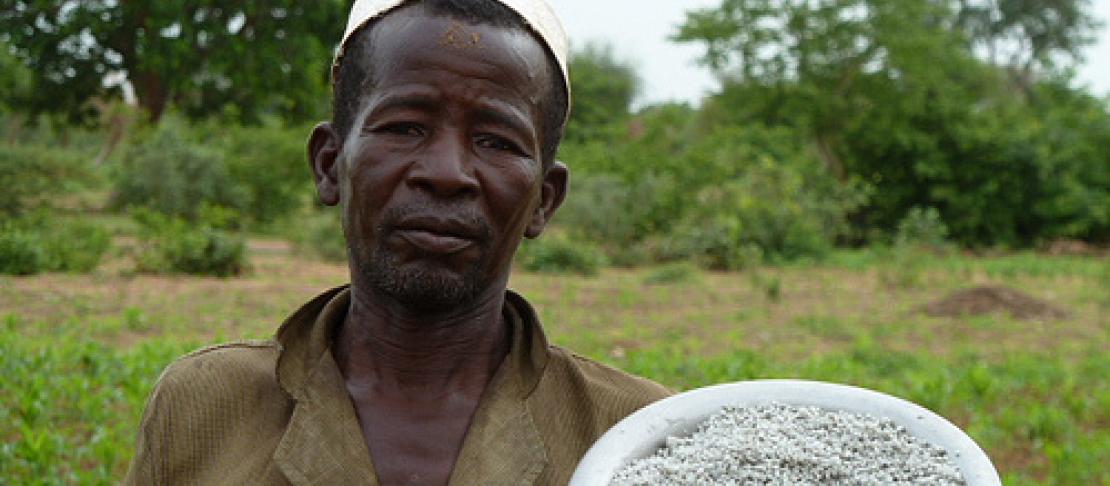Creating climate models that make sense to farmers

By Caity Peterson
Worst-case scenarios for climate impacts, GDP growth and population increase point to a world where the majority of people in low-income developing nations are living at an intake of just around 1,800 calories a day. It therefore doesn't take a genius to understand why pessimists in our midst are seeing a future of mass starvation.
In fact, says Gerald Nelson of the International Food Policy Research Institute (IFPRI), “if you’re thinking about the future and you’re not thinking about climate change, you’re making a huge mistake.”
Speaking to participants and partners at the Second Global Conference on Agricultural Research for Development (GCARD2) in Punta del Este, Uruguay, Nelson highlighted the important role that foresight must play in connecting the research done at the CGIAR Research Program on Climate Change, Agriculture and Food Security (CCAFS) science to its use in society.
If IFPRI’s climate impact projections, part of the Global Futures research project are correct, we could see drastic price increases for maize and a resulting blow to human well-being. But that “if,” says Nelson, is precisely the challenge. To what extent can we depend on these projections for creating foresight-driven policy? Why do such broad disconnects exist between different models, and what does that mean for their reliability?
The key to making scientific foresight models useful is to make them, well, not so scientific. They must be accessible to everyone, says Nelson. We must train technical advisors to use them so that policy makers can customize the results to their interests. Regional actors need to put them to use for planning and adaptation strategies. Farmers need to be able to understand them to make decisions that make sense in their reality.
The feedback that would result from that sharing process is the key. If a user implements the computer model and realizes that the data for his region are not relevant or don’t work, then those data can begin to be refined. The feedback process is how the discrepancies between predictive models are closed; otherwise, policy makers won’t know who to listen to. “They end up just listening to the guy with the nicest powerpoint presentation” rather than the best science, says Nelson.
On the other hand, an informative, useable and understandable modeling tool that can be used by anybody – not just an IFPRI scientist – enables the making of that elusive species of “informed” decision. The hope is that truly informed decisions, ones that don’t make the mistake of ignoring climate change, could help us avoid the worst case scenarios.
View Gerald Nelson's presentation:
See more about IFPRI’s work on Global Futures and climate scenarios.
Stay updated with happenings at the conference on the GCARD2 Social Reporting Platform
Caity Peterson is a visiting researcher based at the International Center for Tropical Agriculture (CIAT) in Colombia, working on CCAFS Theme 1: Adaptation to Progressive Climate Change. To get more updates, follow us on Facebook, and Twitter @Cgiarclimate.